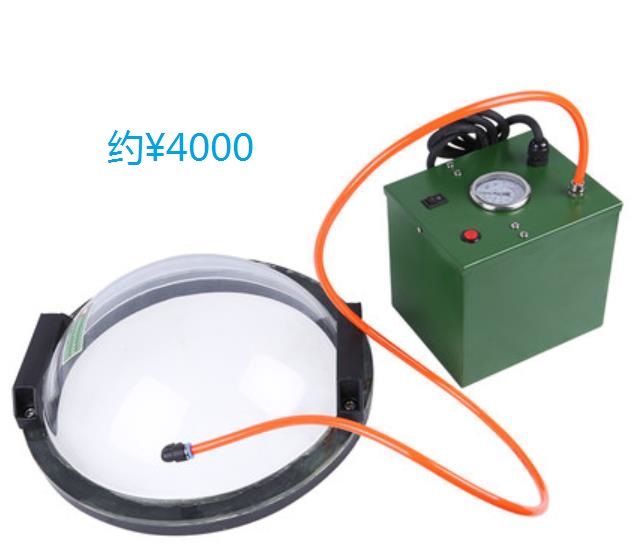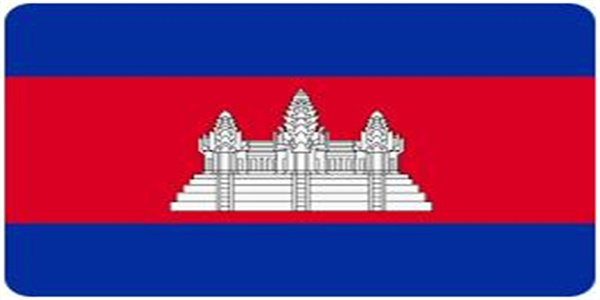Geomembrane Field Testing Methods

1. Inflating method
The geomembrane is welded into two strips, leaving a cavity of about 10mm between the two strips. Seal both ends of the section to be tested and insert a gas needle. Inflate to 0.15MPa~0.20MPa, observe the vacuum gauge for 5 minutes, if the air pressure does not drop, it indicates that there is no leakage and the weld is qualified, otherwise, find the cause and repair it in time.
2. Water filling method
The geomembrane is welded into two strips, leaving a cavity of about 10mm between the two strips. Seal one end of the section to be tested and insert a water needle at the other end. Inflate to 0.05MPa~0.20MPa. If no water leaks from the cavity, it indicates that the weld is qualified, otherwise, find the cause and repair it in time. Advantages of water filling method
(1) Good directness, easy to find problems in time.
(2) The equipment is simple and easy to operate, and can be inspected and spot-checked at any time and anywhere on site. In view of the above advantages, the project uses the water filling method to check the quality of the welds. After the self-inspection is qualified, it is submitted to the supervision unit, the quality supervision department and the client for joint sampling inspection, and a certification visa is implemented section by section. For joints with false welds and leaking welds, repair welding should be carried out in time, and the repaired weld parts should be tested by water filling. Only after the acceptance is qualified can the next process be carried out.






 " />
" />